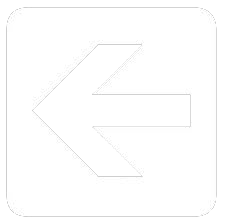|
|
|
|
|
|
|
 Previous part (Crossbar (Matrix) Switching) Previous part (Crossbar (Matrix) Switching)
Reed Electronic (Matrix) Switching |
 |
 When was it in use? When was it in use?
Mid 1960's-Mid 1990's |
Early pioneering efforts by the Britsh Post Office research department had led to the development of solid state electronic switching culminating in a field trial in 1962 of the worlds first handling of live public calls using such an exchange. This is described in more detail in the Electronic Switching section of the eMuseum. The components of the day however were not suited to handling analogue signals and solid state techniques would have to wait a few more years for digital exchanges.
In the mean time attention was turned to using the electronic common control principles to operate what was essentially a more compact crossbar exchange but using reed-relay switches to form the crosspoints rather than the large cumbersome crossbar electromechanical switches. A reed switch consists of two metal contacts in a sealed glass tube. By placing the tube inside a loop of wire acting as an electromagnet you have an easily controllable and very compact and reliable switch.
|
|
|
|
|
|
|
|
|
